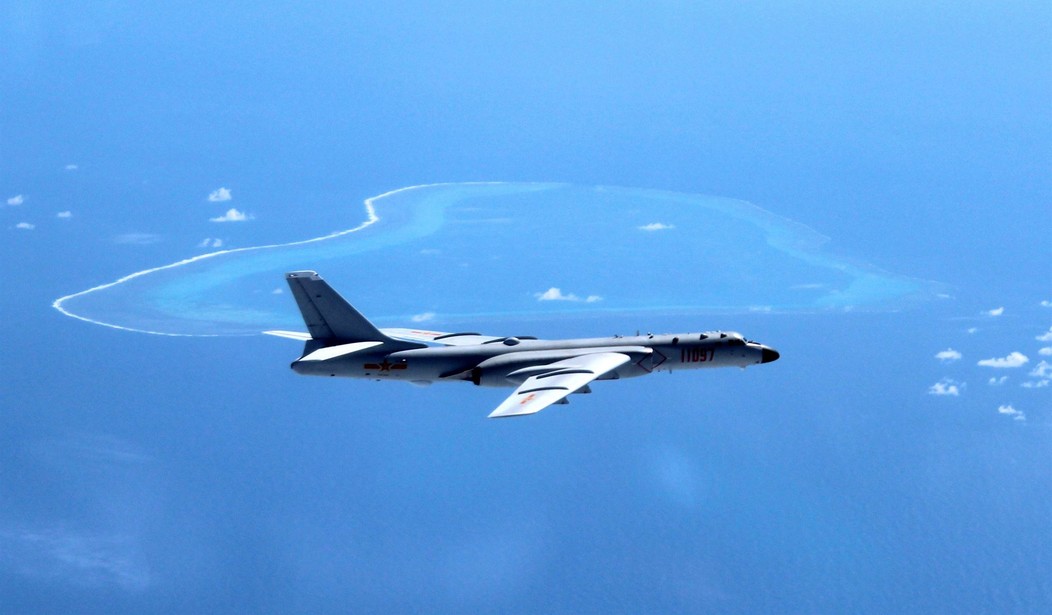On Thursday, Japan and South Korea scrambled fighter jets in response to long-range patrols by Russian and Chinese nuclear-capable bombers. While flying over international waters, the patrols by both Russian and Chinese aircraft were within South Korea's self-designated air-defense identification zone.
The warplane formations merged in the Sea of Japan, or what both Koreas call the East Sea, before carrying out the joint exercises in South Korea's air defense identification zone within international airspace, according to Seoul's Joint Chiefs of Staff.
The Defense Ministry in Tokyo published a map of the flight paths through Northeast Asia, said the Japan Air Self-Defense Force launched fighter aircraft to monitor and photograph the movements.
The joint patrols featuring strategic assets from the Russian Air Force and the Chinese People's Liberation Army Air Force were the seventh of their kind and the second such exercise this year following similar sorties in June.
The encroaching aircraft were Russian Tu-95 Bear strategic bombers and Chinese H-6 bombers, both of which are nuclear-capable platforms, although both are also Cold-War era aircraft:
Images released by the Joint Staff of Japan's Defense Ministry captured what Tokyo said were a pair of Russian Tu-95 and a pair of Chinese H-6 nuclear-capable bombers, which flew from the Sea of Japan into the East China Sea via the Tsushima Strait, or known as the Eastern Channel in Seoul.
The long-range missile platforms—Soviet-built or based on Soviet design—were accompanied by a maritime reconnaissance aircraft from each country, Russia's Tu-142 and China's Y-8, according to Tokyo.
Additional images suggested the Russian and Chinese air forces sent Su-35 and J-16 fighter jets as escorts.
China has been conducting flights over the Taiwan Strait for some time now, apparently in accordance with the old military aphorism that "...to know No-Man's Land, one must explore it with bullets."
The Tu-95 Bear is a strategic intercontinental bomber, which originally entered into service with the Soviet Air Force and Soviet Naval Aviation in 1956. The Bear can carry six KH-55 Granat cruise missiles, which can carry nuclear warheads and have a range of 3,000 kilometers (1864 miles.)
The Chinese H-6 bomber is a license-built variant of the Soviet-era Tupolev Tu-16 Badger. The H-6 can carry a wide variety of anti-ship and air-to-surface missiles, including nuclear-capable models.
This deployment appears to be part of a growing military alliance between Russia and China.
Strategic ties between Russia and China are growing, largely thanks to a strong personal relationship between President Vladimir Putin and Chinese counterpart Xi Jinping , who have backed one another's legitimacy despite intense international pressure over their respective military buildups and repressive rights records at home.
Russia and China, in addition to an increasingly provocative military presence in the western Pacific, also share populations that are in a demographic death spiral, a situation shared by U.S. ally Japan. The Western Pacific, over the next decade or so, promises to become a very interesting place.
The Russian and Chinese aircraft remained in international airspace throughout their flights.
FLASHBACK: See more RedState coverage of military issues in the western Pacific, Russia, and China at these links:

